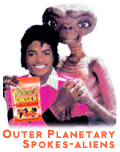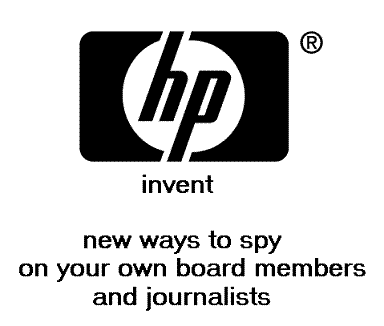The founder of the company that makes Reese’s Pieces got his start on a dairy farm owned by the founder of Hershey Chocolate Corp. ”
In 1917, Harry Burnett Reese took a job as a dairyman in Milton Hershey’s company, eventually working in the factory. He decided to go into business himself after seeing the impressive amount of chocolate produced and sold by the company. H. B. Reese opened his factory near Hershey’s and labeled his candy “Made in Hershey.” He and Hershey maintained a good working relationship, and Hershey even helped him through several rough spots. In 1963, Hershey Chocolate Corp. purchased the H. B. Reese Candy Company. 
The Outsiders was written by a 16-year-old.
Susan Eloise Hinton was only 16 when she wrote The Outsiders and was still a freshman at the University of Tulsa when the book was published. The highly successful book earned her the title “the voice of the youth,” and was followed by That Was Then, This Is Now; Rumblefish; and Tex. Hinton’s first four novels were all made into movies. 
American Indians used smoke signals to communicate long messages.
They used tall columns of smoke to convey short, simple messages, which varied according to the number of columns. For instance, one column might mean “We are lost”; two, “All is safe”; and three, “Danger is coming.” 
In Britain, a billion refers to a different number than it does in the United States.
The U.S. billion is smaller than the British one and refers to a thousand million. It’s represented in scientific notation as 109 and written out like this: 1,000,000,000. In Britain, a billion refers to one million million and is represented as 1012. Written out, it looks like this: 1,000,000,000,000. 
According to Hewlett-Packard’s open-door policy, all the doors in its offices must remain at least partially open at all times.
In the 1940s, Hewlett-Packard established its open-door policy, which dictated that all cubicles were to be open at all times and that executive offices were not to have doors at all. This policy encouraged employees to feel comfortable about discussing issues with their managers and promoted a sense of openness and mutual trust. 




No comments:
Post a Comment